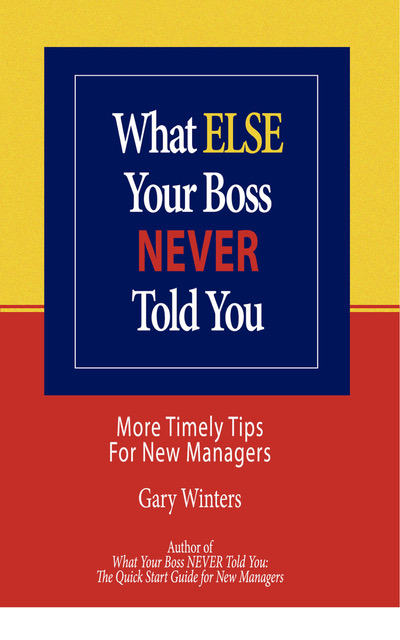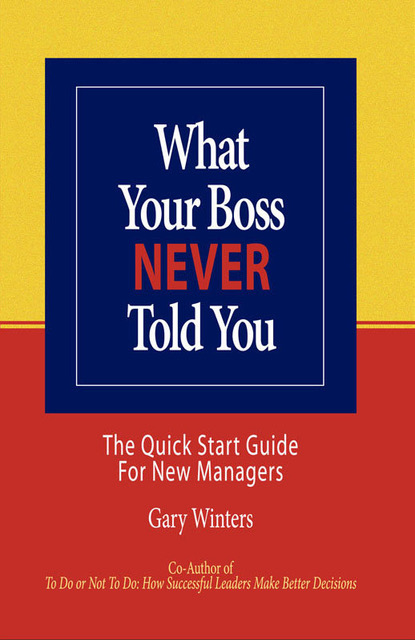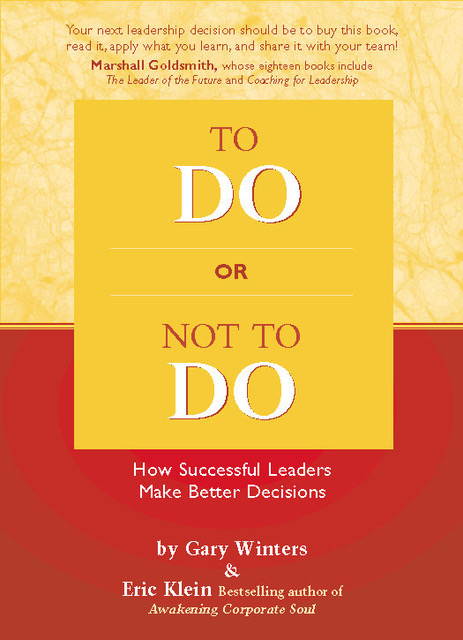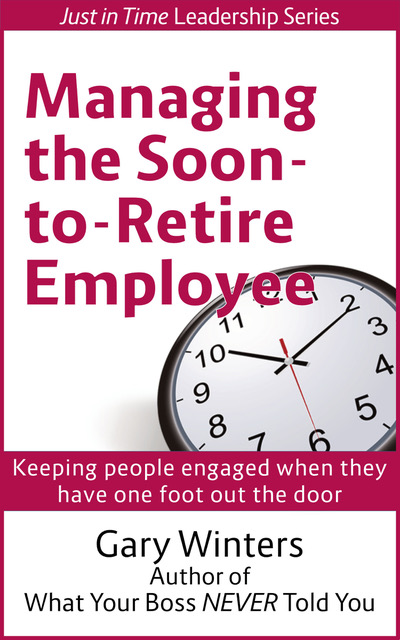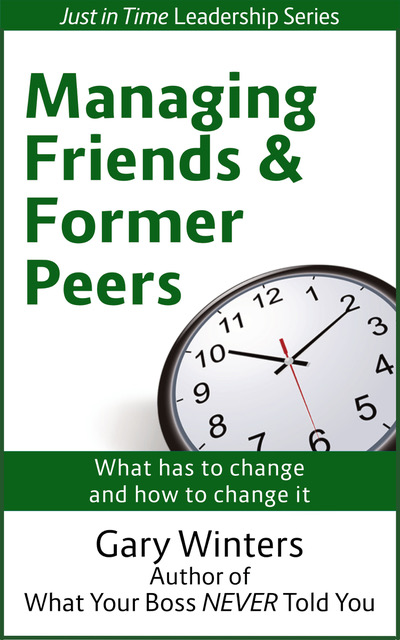 In an earlier post, I offered Seven Simple Rules for Leaders. The third one is “Take blame easily, and give away the credit constantly.”
In an earlier post, I offered Seven Simple Rules for Leaders. The third one is “Take blame easily, and give away the credit constantly.”
Why should you take the blame easily and give away the credit constantly? Let’s talk today about taking the blame.
When I was a young salesperson moving through a management training program, I came to believe I was really hot stuff. I was told how well I was doing many times; I consistently produced some great numbers, and I heard hints that I was at the top of the list of candidates to open a new facility in a new city – a plum assignment.
With two weeks to go until I graduated, I was sent to Denver to work with Pam, perhaps the best Sales Manager in the company. I was there to learn whatever I could from her before getting my first management assignment.
I arrived and Pam was inspiring. I watch intently as she handled a personnel crisis that had erupted while she drove to the airport to pick me up. Her “grace under pressure” was incredible.
The next day, Pam asked me to accompany an outside sales rep for the day. As Tim and I made his sales calls, it became immediately apparent to me that there were several things Tim was doing wrong that I could fix. I spent the day “coaching” Tim and arrived back at the office feeling spent but basking in the glow of being helpful to someone.
How wrong I was!
I walked into Pam’s office and was told that I had a phone call from Art, the National Sales Manager. Certain he’d called to congratulate me (once again) for a job well done, I was stunned when he opened the conversation with this: “Gary, what were you thinking? What gives you the right, let alone the authority, to usurp Pam’s leadership and try to ‘manage’ her employee?
“You’ve got 48 hours to make it right. If you can’t do that, you’re not graduating from the Management Training Program.”
Whoa! Talk about being red faced!
I hung up, sat with myself for a few minutes, and then went to see Pam. I explained as best I could why I had done what I had done, and I apologized. I was sheepish, embarrassed, and repentant.
What Pam did next has stuck with me for thirty years. She told me she understood my story, she accepted my apology, and then she told me something else.
She told me she’d called Art, and taken full responsibility for what had happened. She took the blame.
She took the blame.
She taught me about a concept called 100% responsibility. She said that she takes full responsibility for everything that happens on her watch. Even when a dispassionate bystander would say it wasn’t her fault, or that she had no control over what happened.
Why?
Because, she explained, when she believes she is 100% responsible, she acts differently than when she mentally divides the responsibility into parts. She taught me that most people look at relationships as shared responsibilities – such as marriage, which many people believe is a 50/50 deal.
The problem with dividing the responsibility among the stakeholders (the spouses, the team members, etc.) is that when something goes wrong, it is human nature to decide that you did your part (50%?) and the other person didn’t do theirs.
And that leads to finger pointing, blame, and covering your butt. Which is not a description of leadership. It’s the opposite.
“But how, I asked, are you responsible for what I did today,” I asked.
She told me there could be several things she could have done differently to get a different outcome. “I could have made my expectations more clear, for instance,” she said. “Or I could have asked you to tell me what lesson you thought you were being given by accompanying my best sales person in the field. I could have challenged my own assumptions about you as a trainee, for that matter. After all, I don’t really know you all that well.”
There were probably a dozen things she could have done differently, she said. Any one of them might have changed the outcome. So, because she hadn’t done them, she was 100% responsible for my screw up.
I chewed on that for a long, long time. I came to realize that her taking responsibility for a poor outcome didn’t relieve me of my own responsibility, but it did do something quite powerful: it made me want to follow her anywhere. As the saying goes, I was ready to walk off a bridge had she asked.

